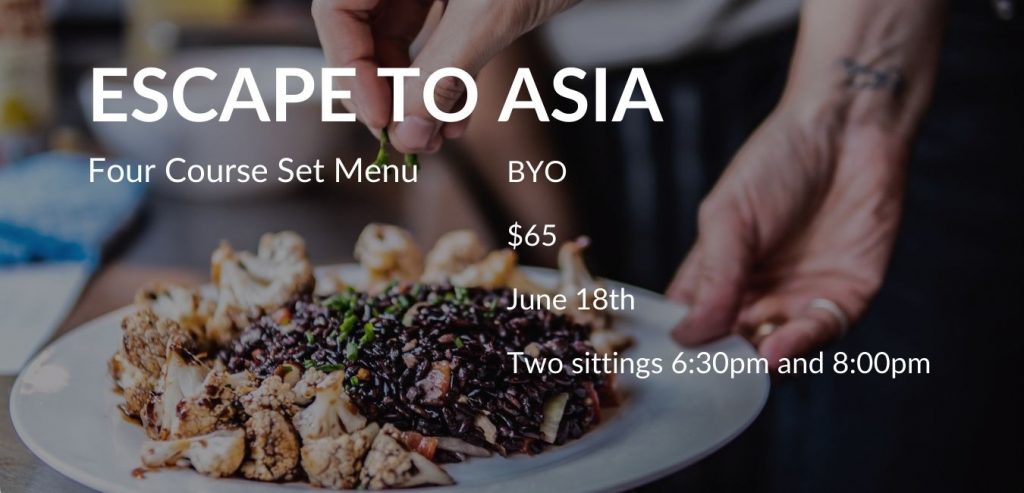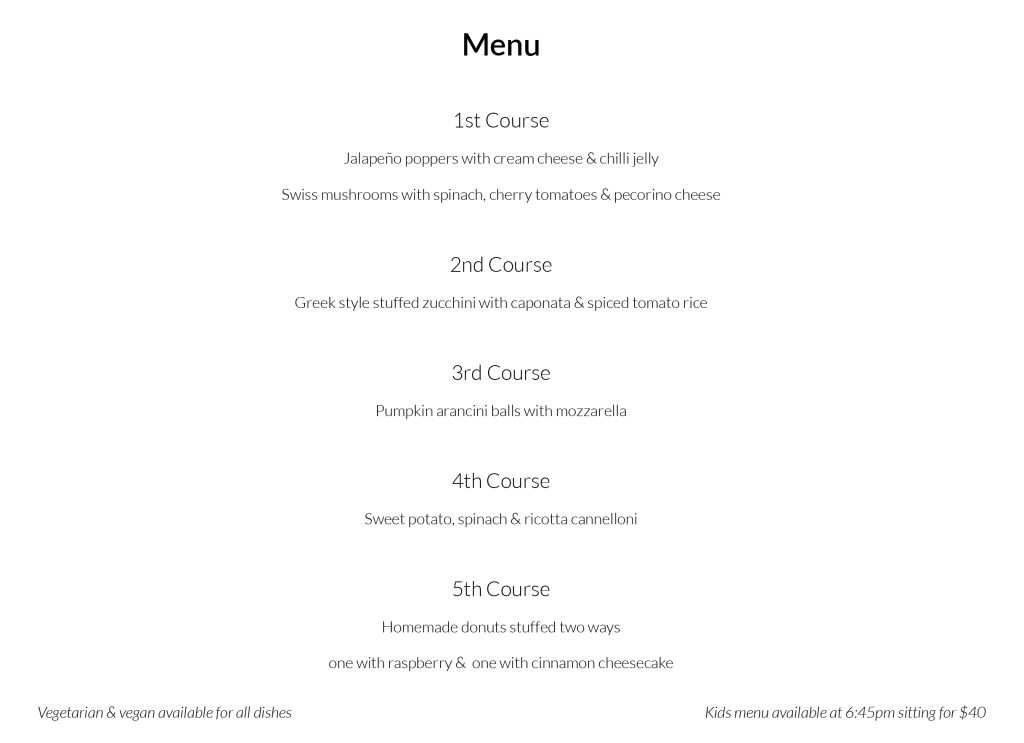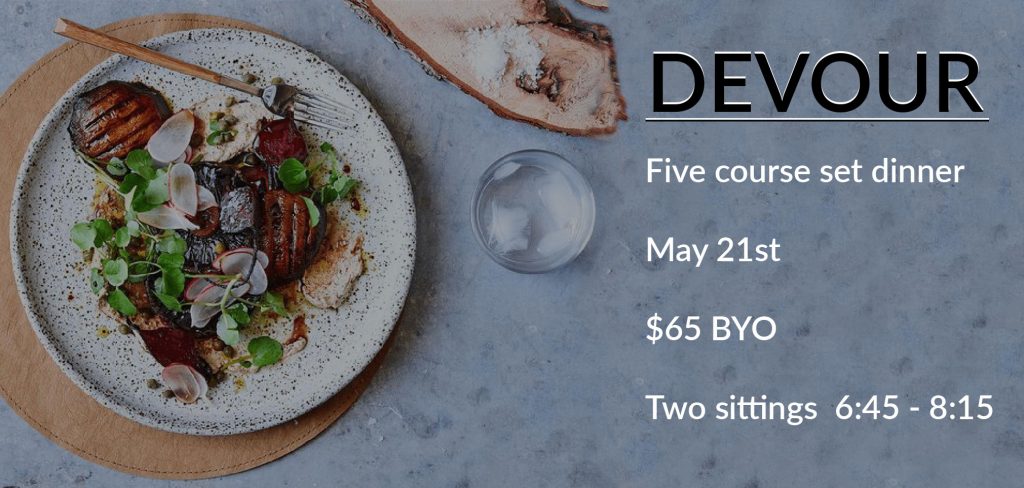Traditional Hand rolled dumplings
Serving Size: 2 per person
The Story
Chinese cooks have enjoyed a version known as Jiaozi for more than 1,800 years. According to legend, Chinese stuffed dumplings were invented during the Han Dynasty by a man named Zhang Zhongjian. The event occurred when Zhang returned to his ancestral village during the winter, after a long absence. He noticed that many of his fellow citizens were suffering from frostbite, particularly around their ears. As a way to solve this problem, Zhang cooked up a batch of mutton, chilli and healing herbs and wrapped them in scraps of dough. He folded the dumplings to look like little ears, boiled them and handed them out to his afflicted neighbours. Who knows if they cured frostbite, but the villagers loved the taste of Zhang’s creation so much that they kept making the dumplings long after spring vegan.







